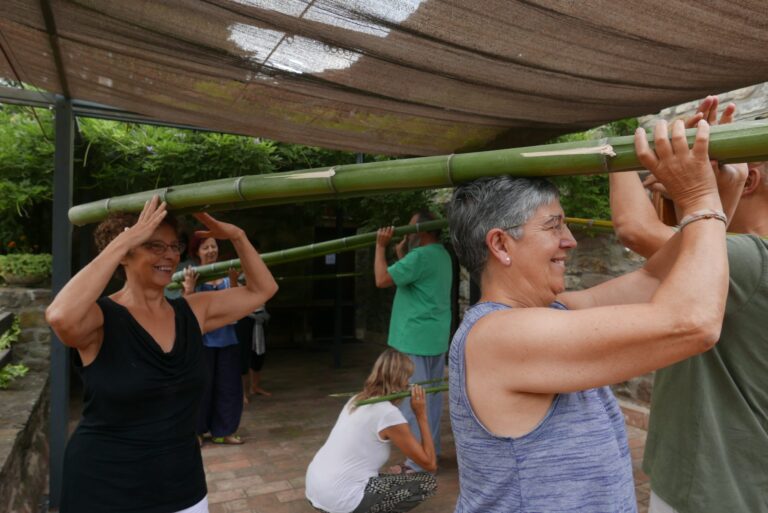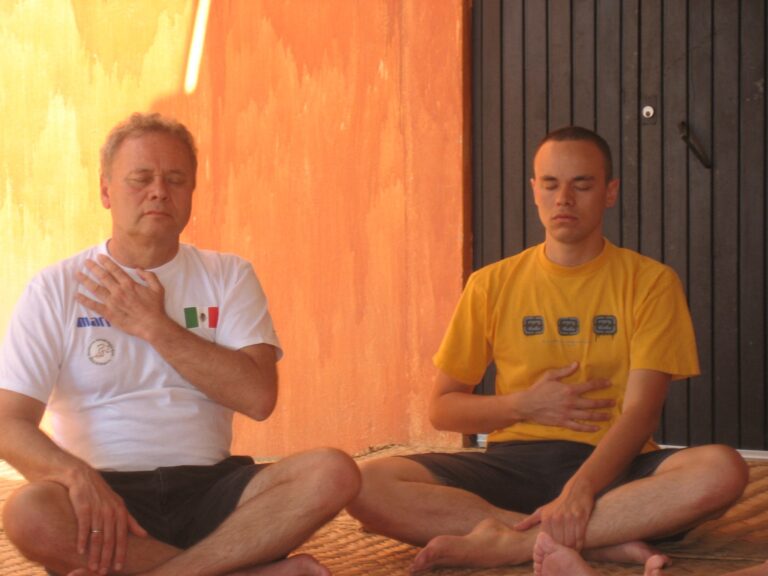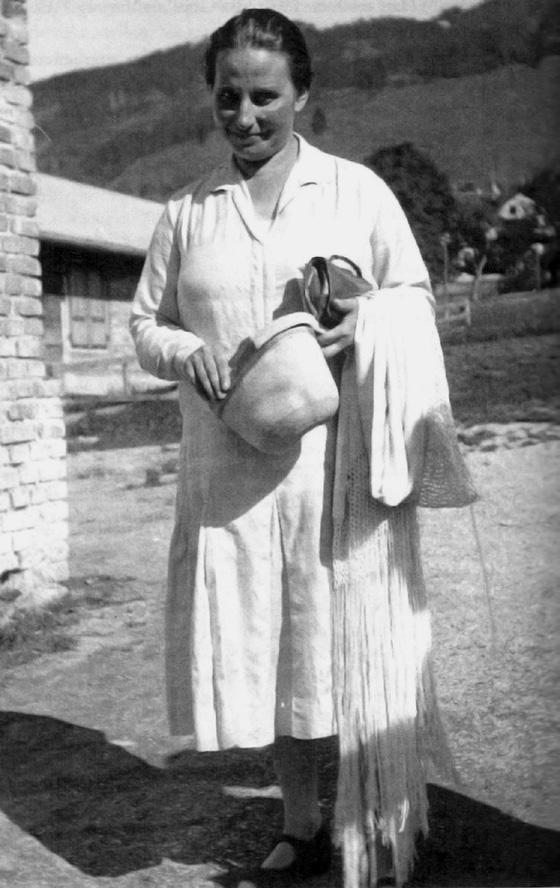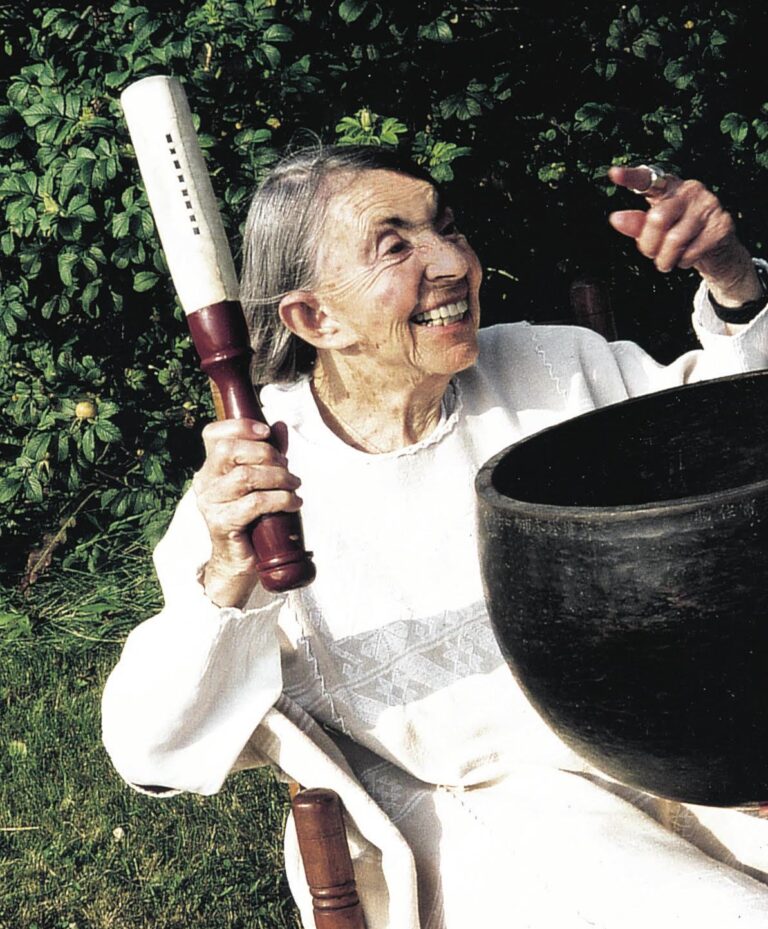"If we surrendered to earth’s intelligence we could rise up rooted, like trees."
Rilke
Sensory Awareness is an embodied mindfulness practice through which we connect with our own natural intelligence and vitality; we discover what responds in us in the midst of change; and we learn to rely on our sensations as guides to the fresh and unique opportunity of each moment. When we surrender to our own natural responsiveness, we do rise up rooted like trees, ready to meet what comes.
All of us face, or will face, moments of stress and difficulty in our lives. In these moments, we can return to our senses. We can pay attention to how we tighten or contract and pause in the midst of the tightness to connect with our sensations. As we do this, our emotions and thoughts can be experienced more clearly. We can stay in the present moment, connected with breath, and discover what the moment is actually asking of us. In this way we do not become swept away by emotions, thoughts, or habitual patterns. We become free to respond appropriately.
A core question and practice that has sustained Lee in her life and that she shares over and over again in the workshops she leads is: “What does this moment ask of me?” It is such a simple, direct question and yet it is a life-changing invitation to allow the fullness of our own presence and capacity. This is not a theoretical or intellectual question. It is an invitation to pause, to connect and live into the answer.
Lee’s favorite quote from her teacher Charlotte Selver is:
“If you have these two things –
the willingness to change,
and the acceptance of everything as it comes,
you will have all you need to work with.”
This is nourishing guidance for these times.
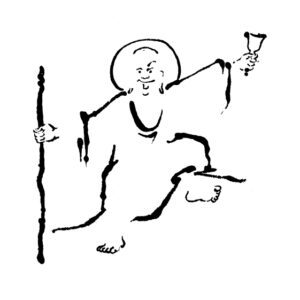
What Happens in a Sensory Awareness Workshop?
In Sensory Awareness classes, we work with the simplest of activities, like scientists or explorers journeying through unknown territory eager to discover what they find. There is no map or prescribed routine. Each class is different and unfolds in its own unique way. The classes are composed of “experiments”… activities offered by the leader with guided questions to help students explore their own experiences. Sometimes we offer surprising and playful activities that can shake people out of their compulsive thinking and connect them to their own vitality. At other times, we may offer very quiet and still activities to help us slow down and develop our sensory literacy.
There are also opportunities for people to share what they have experienced and learn from each other. It is surprising how much there is to discover when we slow down and pay attention to our own real functioning. In classes, we explore what happens in basic activities of life, discovering where we are saying “yes” and where we are saying “no” to our own living. Working with breathing, sitting, standing, walking or any activity, we can discover where we carry tension or resistance. Feeling where changes are needed, we can allow them or we can become more intimate and aware of our own resistance and learn what it has to teach us.
The way we meet what arises in these simple activities reveals the way we meet what arises in all aspects of our lives. This is the source of the power and impact of this quiet and subtle practice. We learn that we don’t ever have to be trapped or stagnant. When we are attentive, we never arrive in a static place. Breathing and our sensory experience become reliable and strengthening allies. The more we develop the capacity to return to our senses, the more accessible this capacity becomes in the midst of our daily activities and in the midst of stressful and difficult situations.
When we learn to relate to our own constrictions with openness and kindness, it changes how we relate to others, and it deepens our ability to contribute to more caring and connection in our world.
History of Sensory Awareness
This work originated with Elsa Gindler, Charlotte Selver’s teacher, at the turn of the century in Germany. It arose from a crisis in her life, in which she was diagnosed with a lung disease. She did not have money to go away for a cure. She simplified her life and gave acute attention to what was happening in her: learning to connect with breathing and discovering how to allow healing and replenishment through her own inner responsiveness. Much to her doctor’s amazement, she became cured. Through this process, she made discoveries that later became the foundation of her work.
Elfriede Hengstenberg, a longtime student and colleague of Elsa Gindler described these discoveries explaining how Gindler recovered her own capacity for regeneration and learned the importance of protecting herself from noise and busyness that came both from outside and from inside. Allowing deep inner quiet she recognized that she came into a state in which she was no longer disturbed by her own thoughts and worries. “And she came to experience … that calm in the physical field (Gelassenheit) is equivalent to trust in the psychic field… It is a state of being in balance. The core of the word is lassen, “allowing” in contrast to “doing” or “controlling” or “resisting.” Lassen is also related to sensing the pull of gravity. There is an interdependence between sensing one’s weight (sensing the attraction of the earth on one’s substance) and trusting, self-confidence, finding a standing point – and calmness. This means “trusting, a deep confidence in the world, in life, in one’s organism. This was her discovery, and it became basic to all other research.” (Sensory Awareness Bulletin Elfriede Hengstenberg, 1985, pp.11-12)
Her trust in this practice supported her to find her standing point during World War II while she hid Jewish people under her studio and helped them escape. She continued to offer classes all through the war and supported her students in life-changing, subtle and powerful ways to meet and respond to the horrors and terrors they were facing. In the uncertain times we are living through now finding the calm to stand and trust in life is an essential journey. Elsa Gindler’s example helps to open the way.
Charlotte Selver studied with Elsa Gindler in Germany, and the work transformed her life. She brought this practice to the United States in 1938, and shared it with thousands of students around the world for over 75 years. She died on August 22, 2003 at the age of 102 years old. As a catalyst in the Human Potential Movement, Charlotte drew leading visionaries to study and work with her, including Erich Fromm, Alan Watts, Paul Reps, Fritz Perls, Richard Baker, Shunryu Suzuki Roshi, Ruth Denison and Zoketsu Norman Fischer.
The connections between mindfulness of the body, eastern practice, and psychology and health are almost taken for granted now. Many, many practices traverse this path. Charlotte Selver was one of the original pioneers who opened these understandings and connections. In 1950 she introduced Sensory Awareness at the New School for Social Research in New York, and in 1963 at the Esalen Institute in California. These were the first courses at either of these influential institutions in “body-awareness” and “non-verbal experience.”
Over the past five decades somatic and eastern practices have become “mainstream” yet the need for this work is perhaps even more critical today. Thomas Hanna, a philosophy professor and Somatics educator described the focus of somatic work as working “simultaneously towards the healing of mind, the healing of body and the healing of society.”
When Alan Watts, a popular Zen teacher discovered Sensory Awareness, he described it as “The Living Zen”. He and Charlotte led many workshops and seminars together. In a talk in 1961, Alan Watts declared “It seems very necessary for us to learn… to trust what Elsa Gindler and Charlotte Selver used to call one’s own ‘inner,’ to be both intelligent and sensitive, to be, temporarily at least, silent before the subtle movements of nature, to study them better and work, with the grain of the world instead of against it.”
What a loving and crucial opportunity for us, to go with the grain of the world instead of against it. Alan Watts identified a core essential gift that Sensory Awareness brings to our lives and our times.
Sensory Awareness Workshop FAQs
It can change your life. The work is subtle yet penetrating. Engaging in simple activities reveals how we engage in all aspects of our lives. As we discover how to respond beyond habits that constrict us, we can learn how to be more responsive in our relationships and all that we do. As we come more in touch with breathing, our sensations and our ability to come to quiet in our minds, we can learn to access this capacity more easily in the midst of busy and demanding situations as well.
In classes, we explore what happens in basic activities of life, discovering where we are saying “yes” and where we are saying “no” to our own living. Each class is different and unfolds in its own unique way. The classes are composed of “experiments”— activities offered by the leader with guided questions to help students explore their own experiences. Working with breathing, sitting, standing, walking or any activity, we can discover where we carry tension or resistance. Feeling where changes are needed, we can allow them or we can become more aware of our own resistance and learn what it has to teach us. We develop “sensory literacy” which helps us be present and responsive to what each moment is asking of us.
Our sensations are always with us, and can be guides at any moment to becoming more present. Create opportunities to pause and connect with what you are experiencing. Even pausing for 3 breaths can help us recalibrate and renew. Here are some examples of ways to practice: Download a mindfulness bell app on your telephone and program it to ring during your day so that you can pause for 3 breaths. Pause whenever your own telephone rings or before you send a text message, or at every red light you stop at, or as you are preparing a meal or washing your dishes. Simply connect with 3 breaths and experience how this influences you. Reflect on when you tend to become stressed or harried during your day and intentionally set aside a few minutes to come to quiet and return to your senses. Choosing times during our days when we can become more mindful and aware can transform the quality of what we are doing and how we are living.
The essence of Sensory Awareness practice is “waking up”— opening to the gift of aliveness in each moment. A core question for Lee in her own practice and in her teaching is: “What does this moment ask of me?” Our planet could not be crying out more clearly for us to wake up. We are being asked to respond. Many people are still in denial, feel helpless, overwhelmed, and paralyzed by grief or avoidance. Yet the realities of what is happening live in our bodies, hearts and minds. Sensory Awareness practice can help us open to what is present and cultivate our capacity to respond.
Refuge in your own body, in the connection with breath and with the natural capacity to feel tension and to allow it little by little to release. Learning through your own direct experience that there is a longing to let go of “sucking it up” and pushing past what your own body needs, to listening to what is needed and having the confidence and trust to allow the changes. Being with others in a supportive community of practice and growth.
Lee is happy to come to offer workshops when she can fit them into her schedule. She is also committed to offering free programs for Climate Activists to provide renewal and support. Contact Lee and you can explore possibilities for this. The Sensory Awareness Foundation has a list of Sensory Awareness Leaders throughout the United States, Europe, Canada and Mexico who are also giving workshops and might be available to help share the work in different places.
Upcoming & Recent Workshops
Curso online intensivo de 8 meses
Una Oportunidad para Experimentar y Conectar 5 de octubre 2023 – 6 de junio 2024 El foco de este grupo de ocho meses es el de ofrecer una comunidad de […]
Choose Life: Responding to These Times with Courage, Compassion and Love 2023-2024 8-month online workshop
This eight-month journey from Oct. 2023 to June 2024 offers an embodied path of connection and responsiveness to meet the impact of climate change in all of our lives. As […]
CAN DO – Climate Action Now – 3-month program for Veterans and Civilians
A new pilot program for Veterans and Civilians. April 13 – August 6th, 2023, consisting of two-in person 4-day weekends, online small groups, bi-weekly practices, and committed action. We will build community together and hold our concern for life on this planet in sacred space that leads to engagement and responsiveness.
